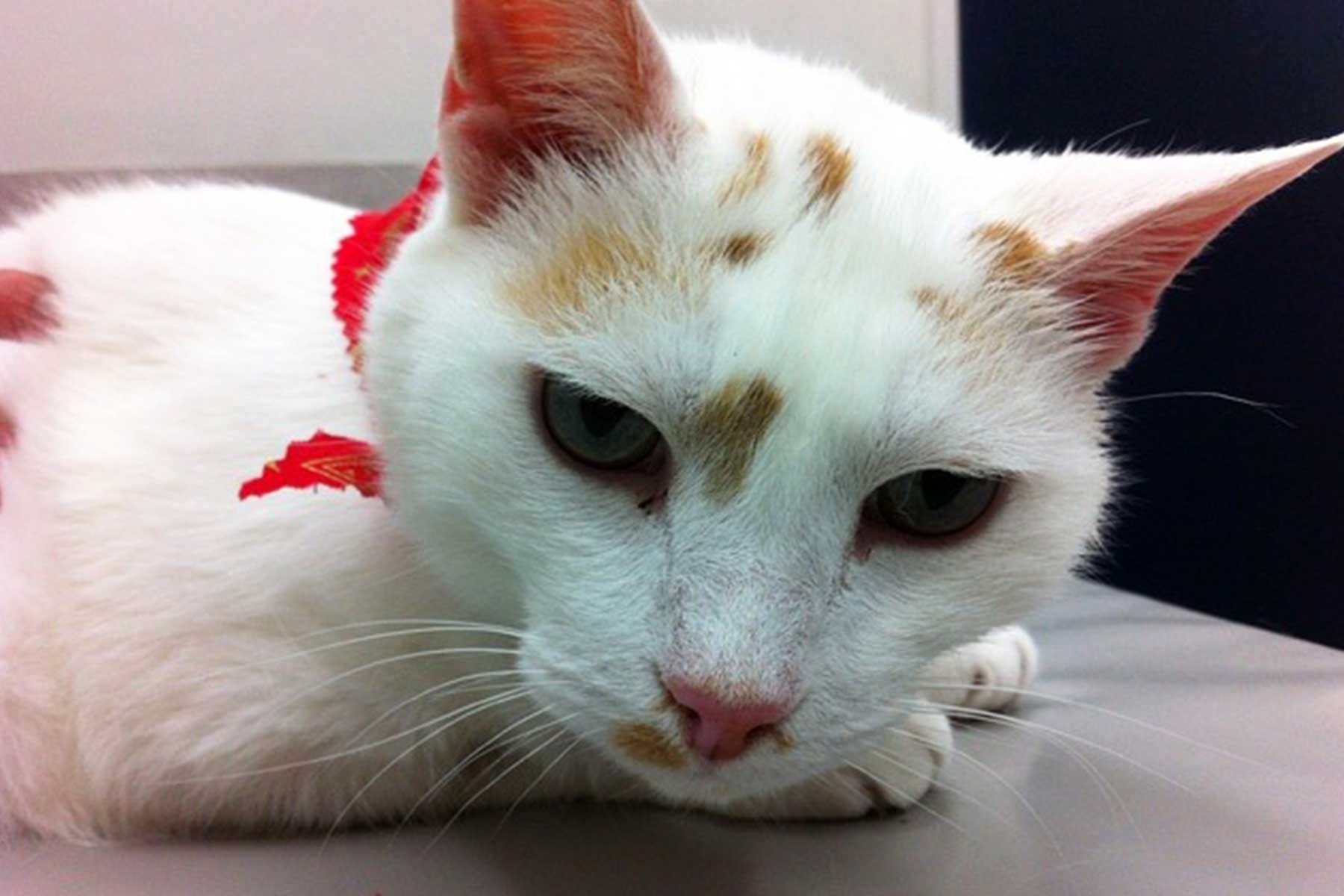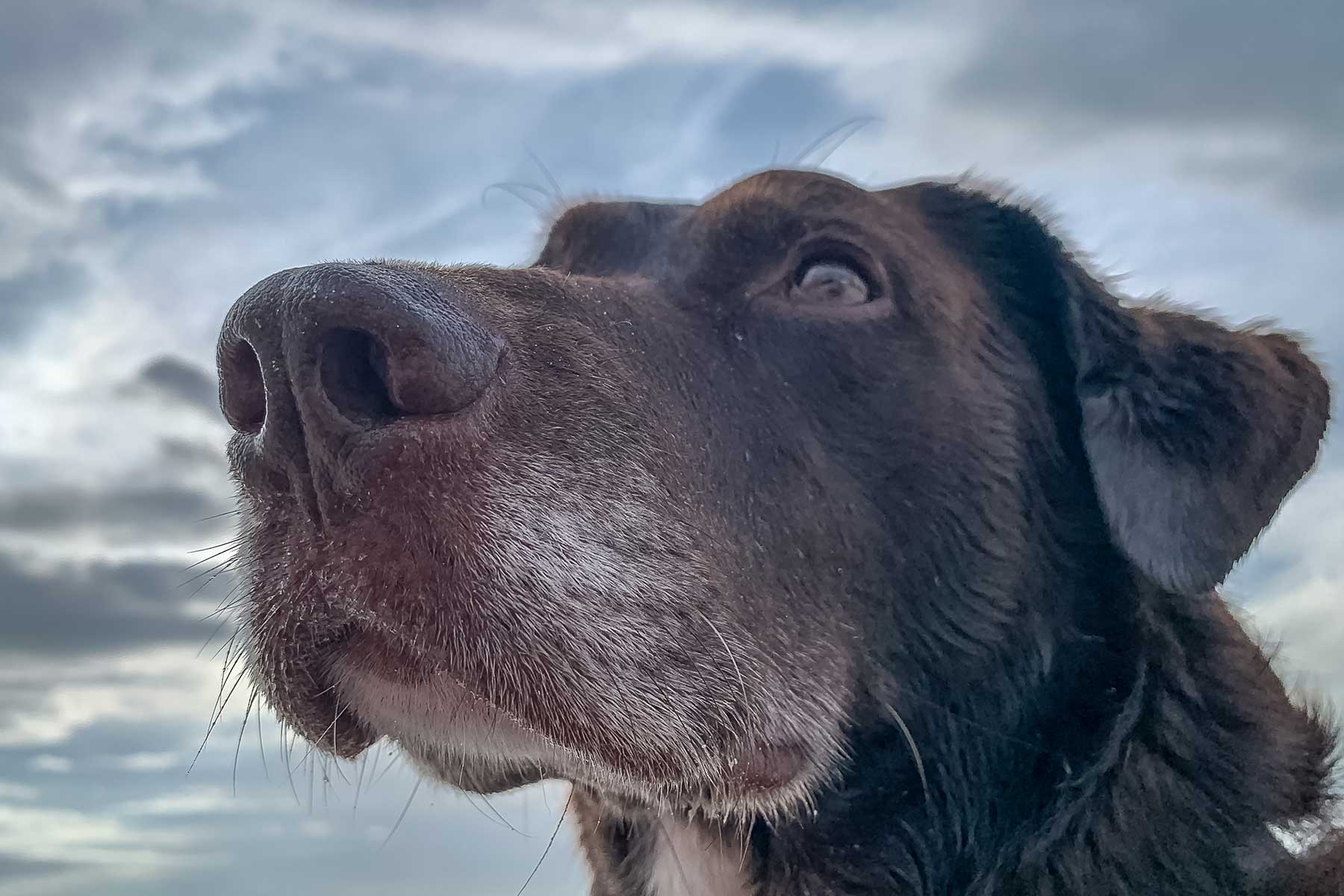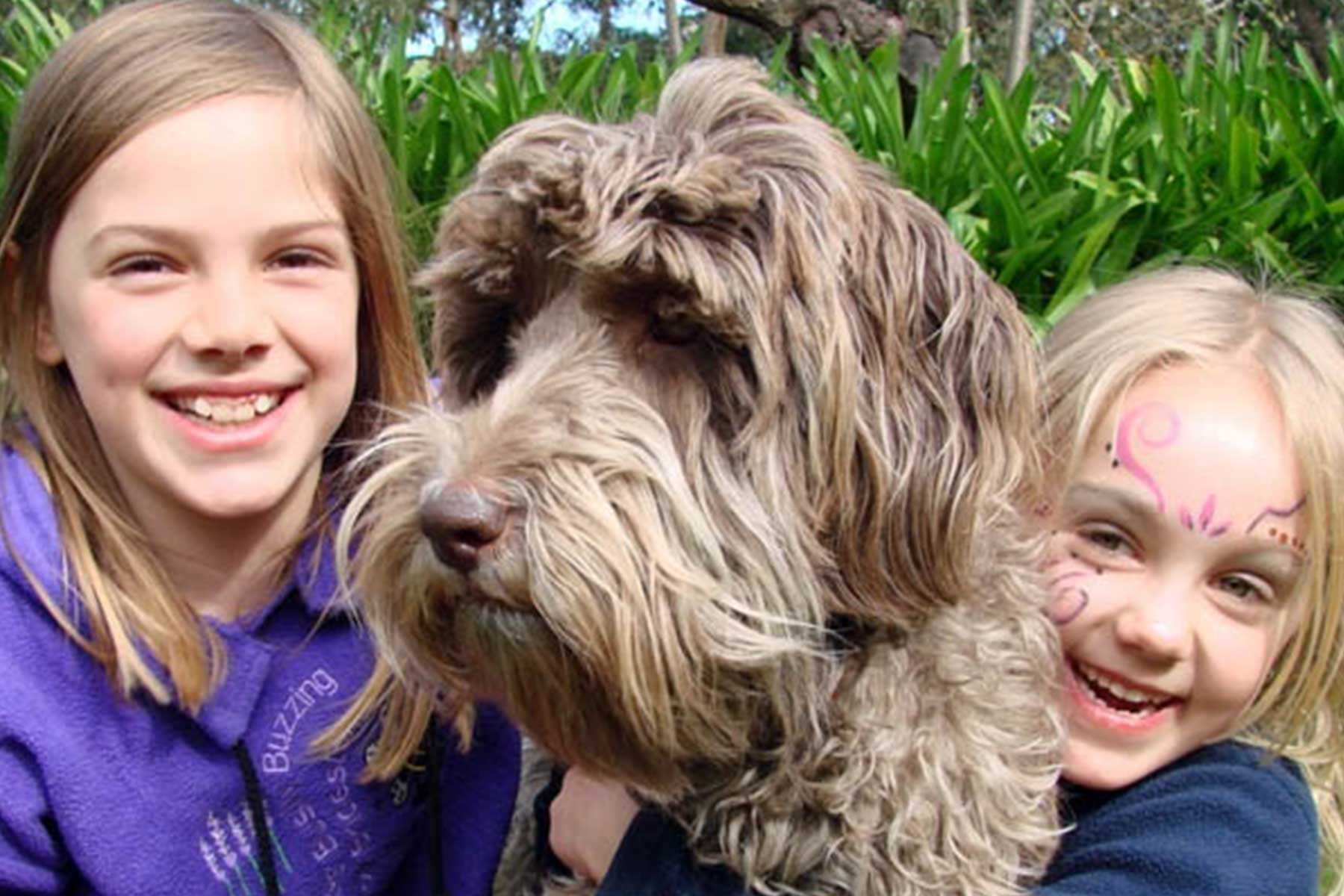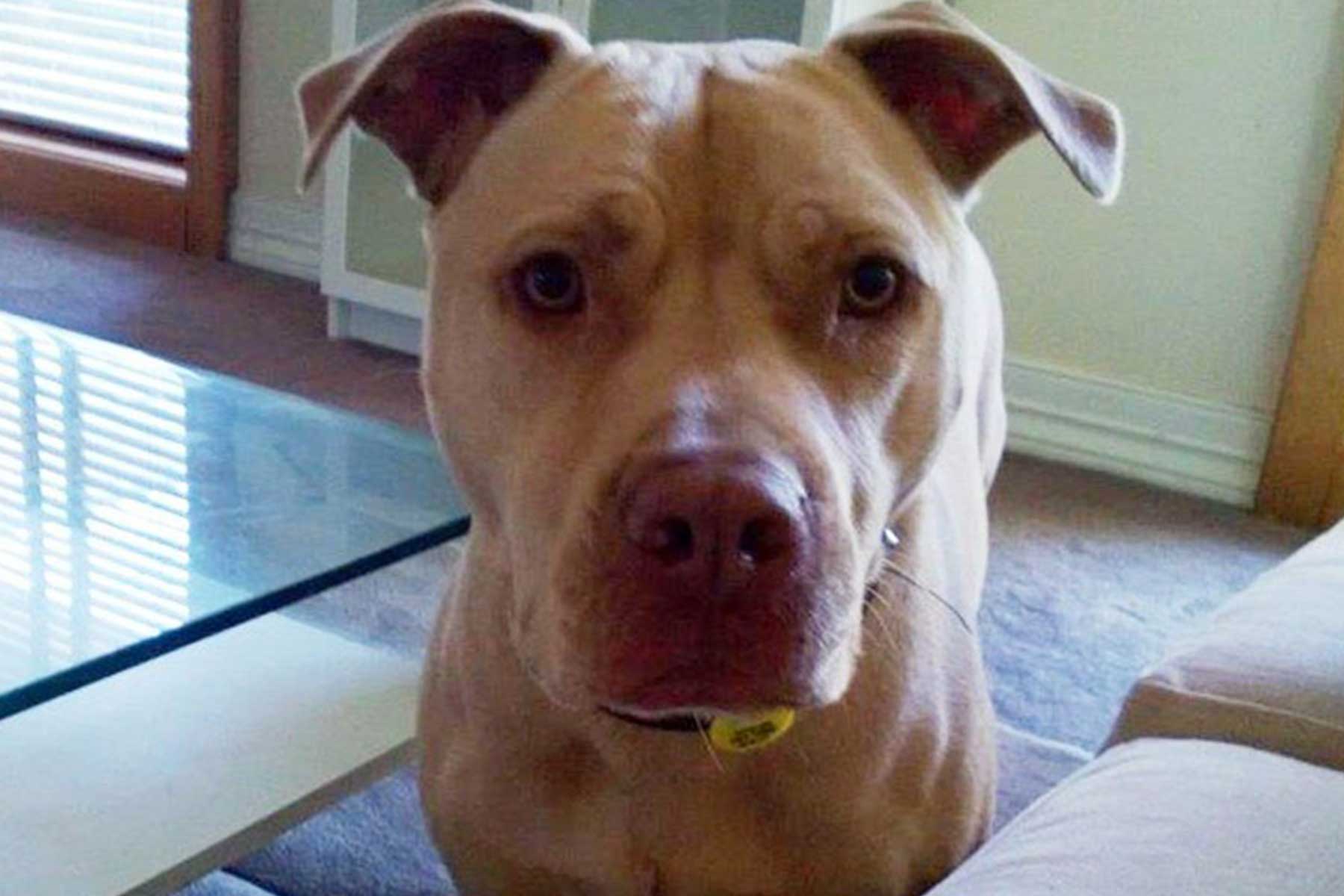Many of us have had the enlightening experience of finding our dog eating something that they really shouldn’t have. Despite our best intentions and vigilance, certain dogs somehow manage to find the strangest things to eat. You know if you have one of these dogs because when you call up the vet clinic the first thing the nurse says is “what did he eat this time?”.
Our 6 year old greyhound Phil is one of these terribly “clever” dogs; often finding some random thing that he thinks should be devoured. Sometimes it’s actual food, like the time that he ate a bag of flour. Other times it’s sort-of food: like the time he ate cockle shells that the kids had brought home from the beach. No doubt they still smelled a bit fishy, so I can sort of understand that one. But some of the things Phil has eaten are definitely not food. He is quite partial to a cardboard box, and he literally ate the kid’s homework once!
Sometimes we aren’t aware that he has eaten something until he has passed it. Finding a Shopkins figurine poking out of a fresh steaming poo is something I won’t forget any time soon! Similarly, the original source of the “Made in China” sticker we found sitting neatly on top of a big poo, remains a mystery to this day.
Perhaps the most memorable of Phil’s culinary adventures was the time he consumed approximately 2 cups of Hama beads. (For those who don’t have kids, Hama beads are small brightly coloured plastic beads). My girls love making Hama bead designs, but we learned to keep the loose beads in a sealed container too late, after finding Phil eagerly lapping them up like they were a bowl of 100s and 1000s!
I immediately took Phil to our Trinity Gardens Hospital (after the obligatory, “what did he eat this time?” phone call). The vet induced vomiting and I have to say, it was the most beautiful vomit I have ever seen. He certainly tasted the rainbow that day…twice!
Some of the random things that dogs have eaten that we have had the pleasure of inducing vomiting for include:
- Whole sport socks
- Rubber bands, hair ties, scrunchies
- A Barbie doll’s head
- Underwear
- A guitar pick
- Tennis balls and other toys
- The absorptive pad from a meat tray
- Tampons and condoms (don’t be embarrassed, we’ve seen it all before!)
- Stone fruit pits
- Rocks
- An entire packet of gummy snakes
- Coins
- A tea towel
Why is vomiting induced?
Vomiting, or Emesis, is often induced when an animal has eaten an object that is either toxic or presents a risk of forming a blockage in the gastrointestinal tract. Emesis is a treatment option only within about 2 hours of consuming the object, (and the sooner the better) as after that it will have passed beyond the stomach. Some things should not be vomited up though, such as Phil’s sharp cockle shells, or caustic chemicals, which could cause damage to the oesophagus on the way up.
What do I do if my dog eats something that isn’t food?
If your pet has eaten something they shouldn’t have, the best thing to do is to contact the vet clinic ASAP and your veterinary team will tell you what to do next. If your dog has eaten the object more than 2 hours ago, the vet will explain the symptoms of a blockage to look out for and discuss alternative treatment options with you.
If your dog has eaten anything toxic such as snail bait, drugs, medications, fertilizer or other poisons or chemicals, it is critical that you contact your veterinarian immediately. Similarly, consumption of food items that are toxic to dogs such as grapes/sultanas, onions, artificial sweetener, chocolate or macadamia nuts, are cause for concern and your veterinary team will assess if the amount consumed requires treatment.
How do you induce vomiting?
If the vet decides that inducing vomiting is the best treatment option, your dog will be taken out to the hospital treatment area and an IV catheter placed in their leg. The most commonly used method of inducing emesis is using an emetic medication that is administered intravenously.
The medication usually works within 5 minutes and your dog will begin to expel their stomach contents into an emesis bowl. Once they have finished vomiting they usually feel pretty rotten and tired and will likely be a bit quiet and sleepy.
Then comes the fun bit for the veterinary team, as we don gloves and sift through the vomit to find the foreign object. It’s a good thing we love our work! Examining the vomit helps us to confirm what was eaten, determine if it was all expelled or if there may be objects remaining, and determine if further treatment is required. This is especially relevant when toxic items are ingested; blood tests, enemas and further medications may be needed.
Whilst dealing with your dog’s vomit isn’t a glamorous job, we wouldn’t have it any other way. We will happily hold your dogs floppy ears back so they don’t get vomit on them and reassure them that it’s “better out than in”. We’ll even stop them from eating up their vomit just after they have expelled it too! We’ll marvel at the absurd things we find in their vomit after they’ve raided the garbage bin and we’ll mutter to ourselves “I love my job” as we gag in sympathy. It’s all part of the service. Of course, you’re welcome to thank your veterinary team with a box of chocolates… unless, of course, we have just induced vomiting in your dog who ate a box of chocolates. I can guarantee we’re not in the mood for chocolate that day!
For more information about foreign body ingestion and how it is treated please click here.
Pica is the term used to describe a craving for eating non-food items. Some dogs develop pica and will habitually eat certain non-food items. If your dog is experiencing this, your veterinary team can help with behavioural and practical strategies to reduce this behaviour. Contact your local Adelaide Vet clinic for more information.











